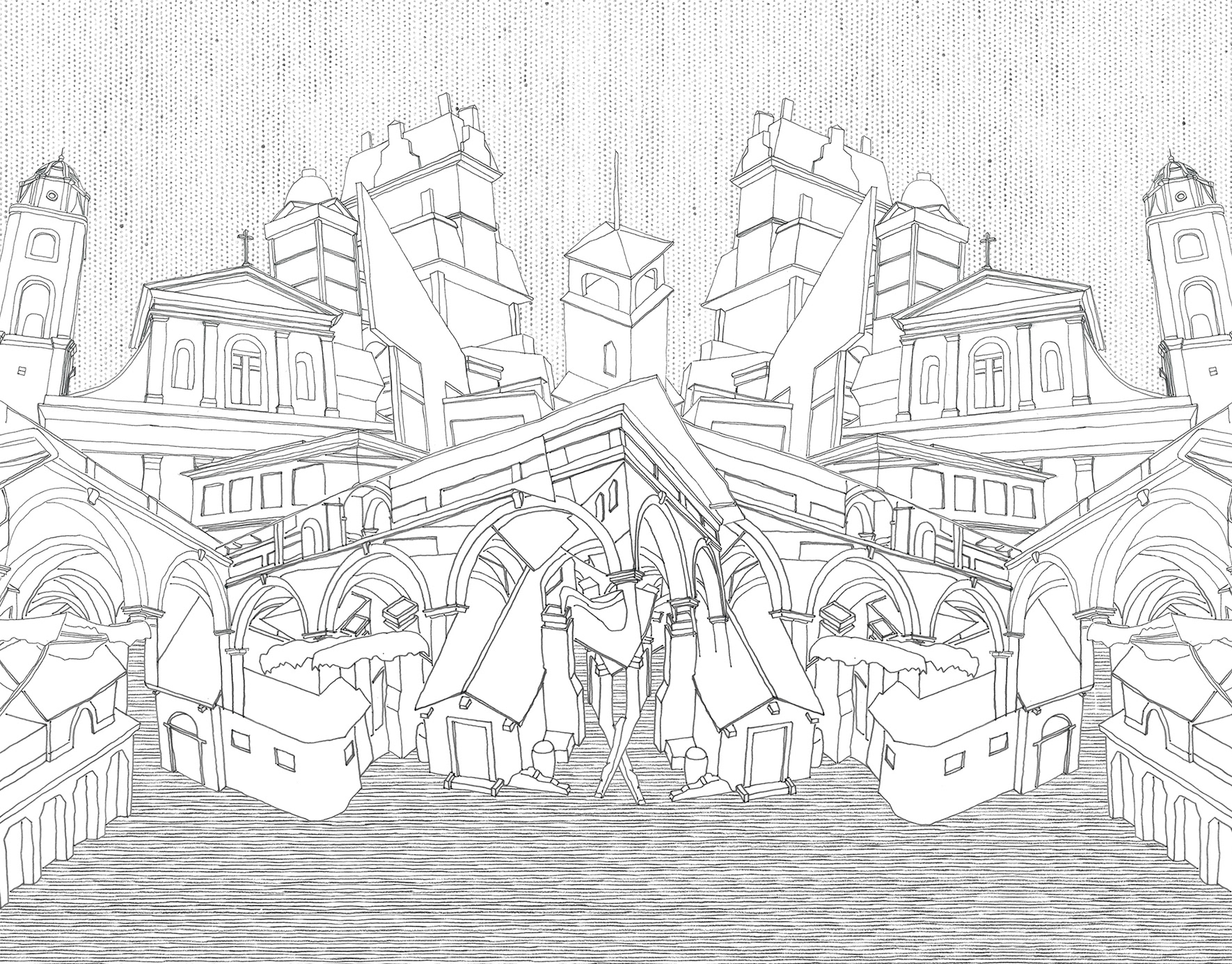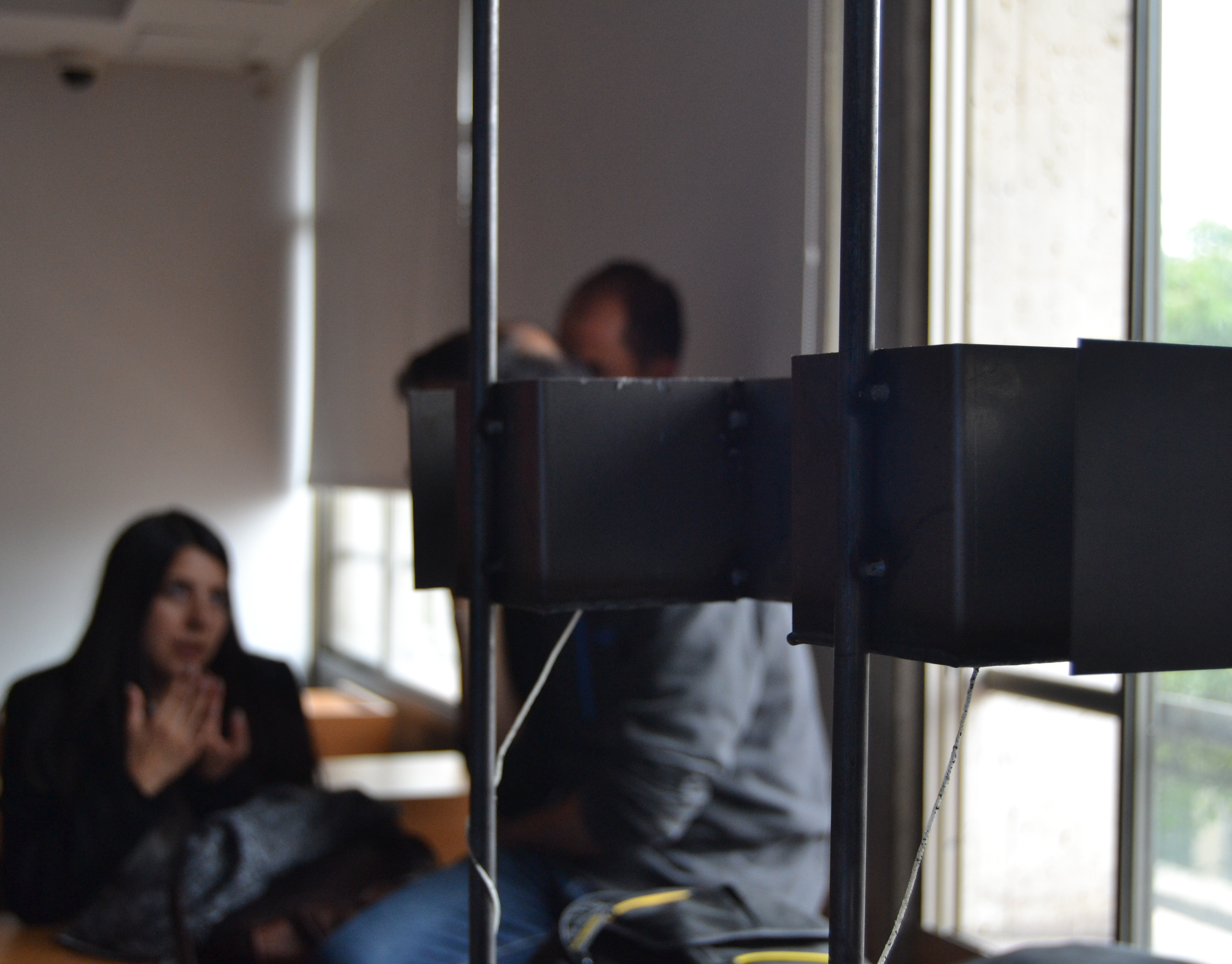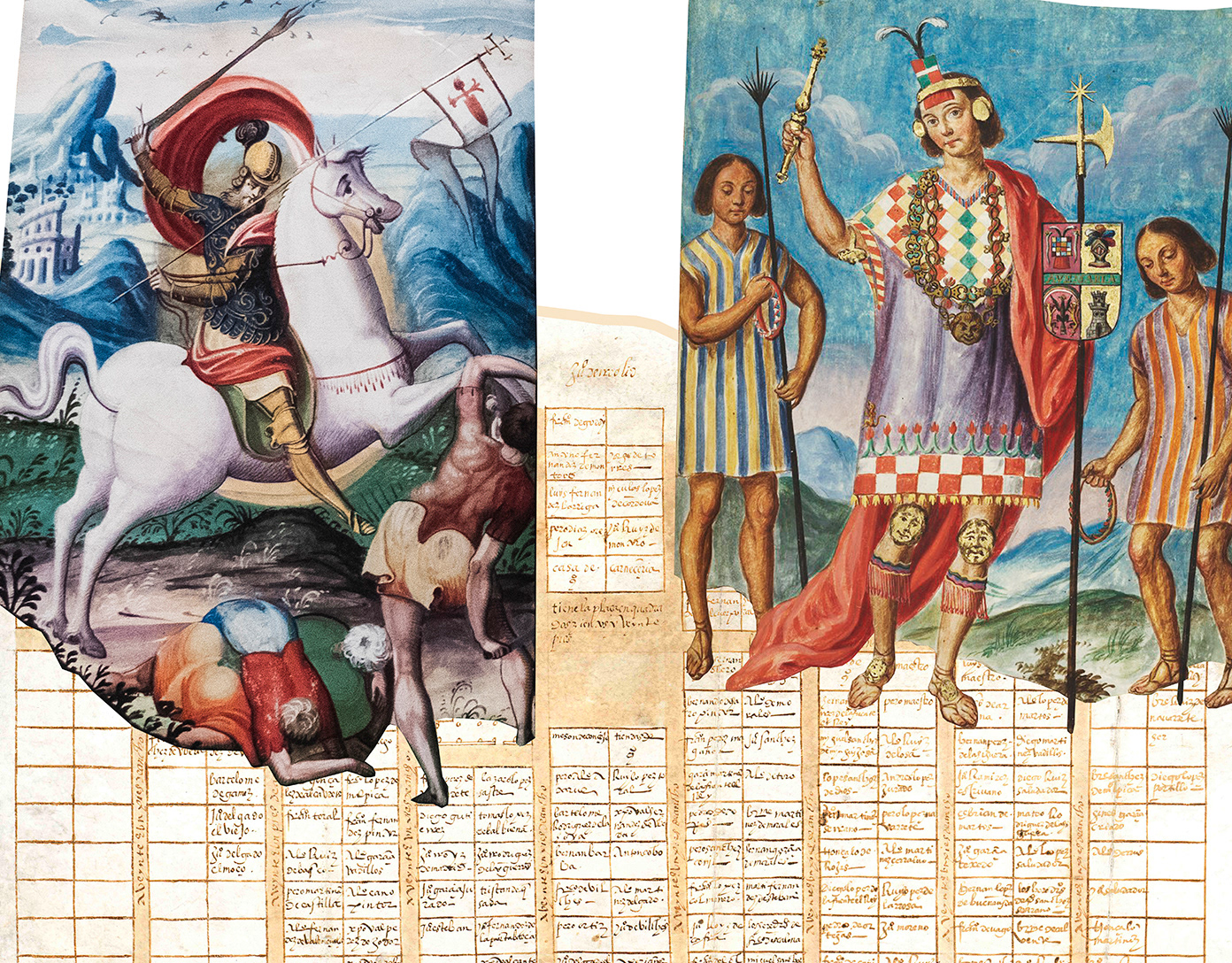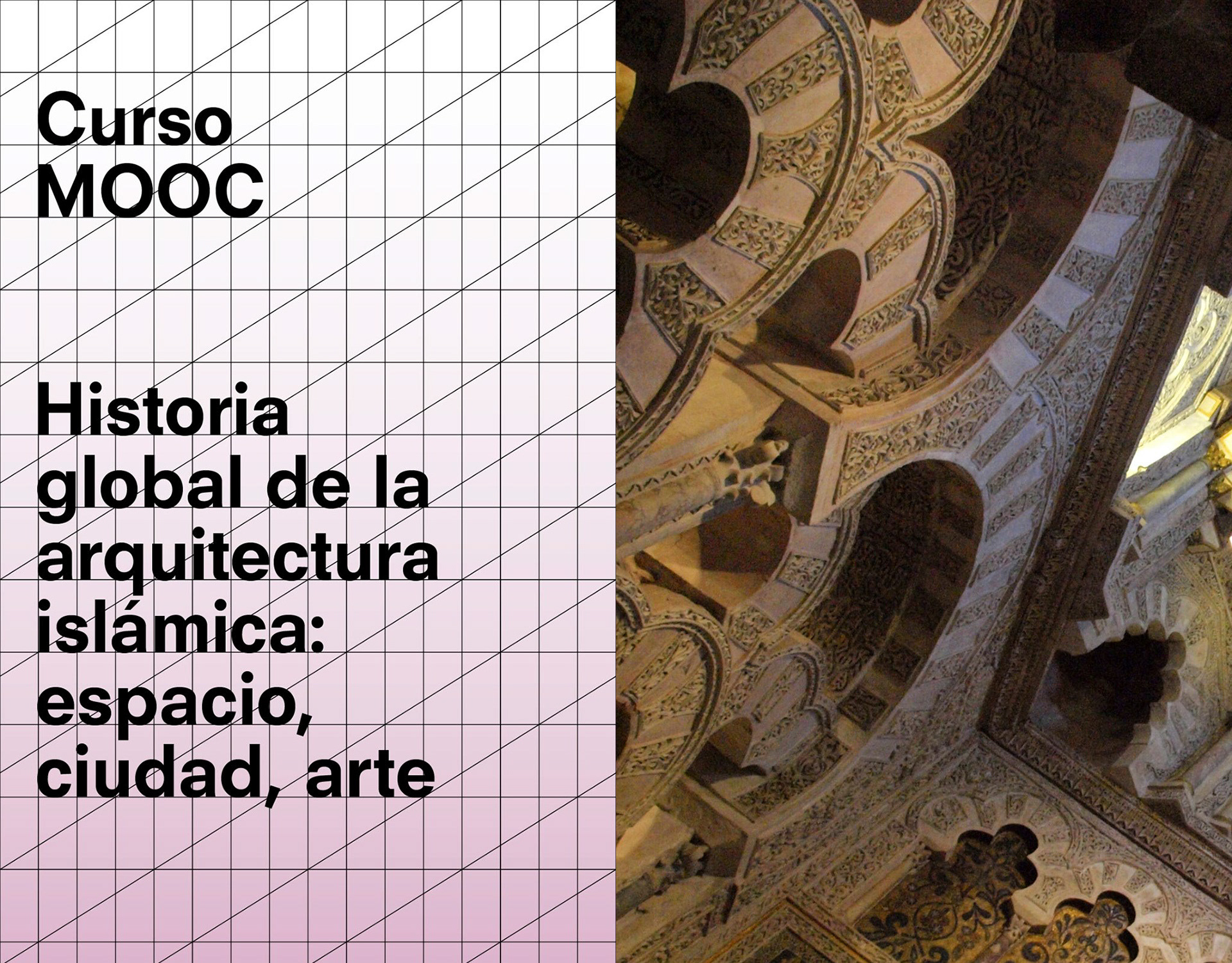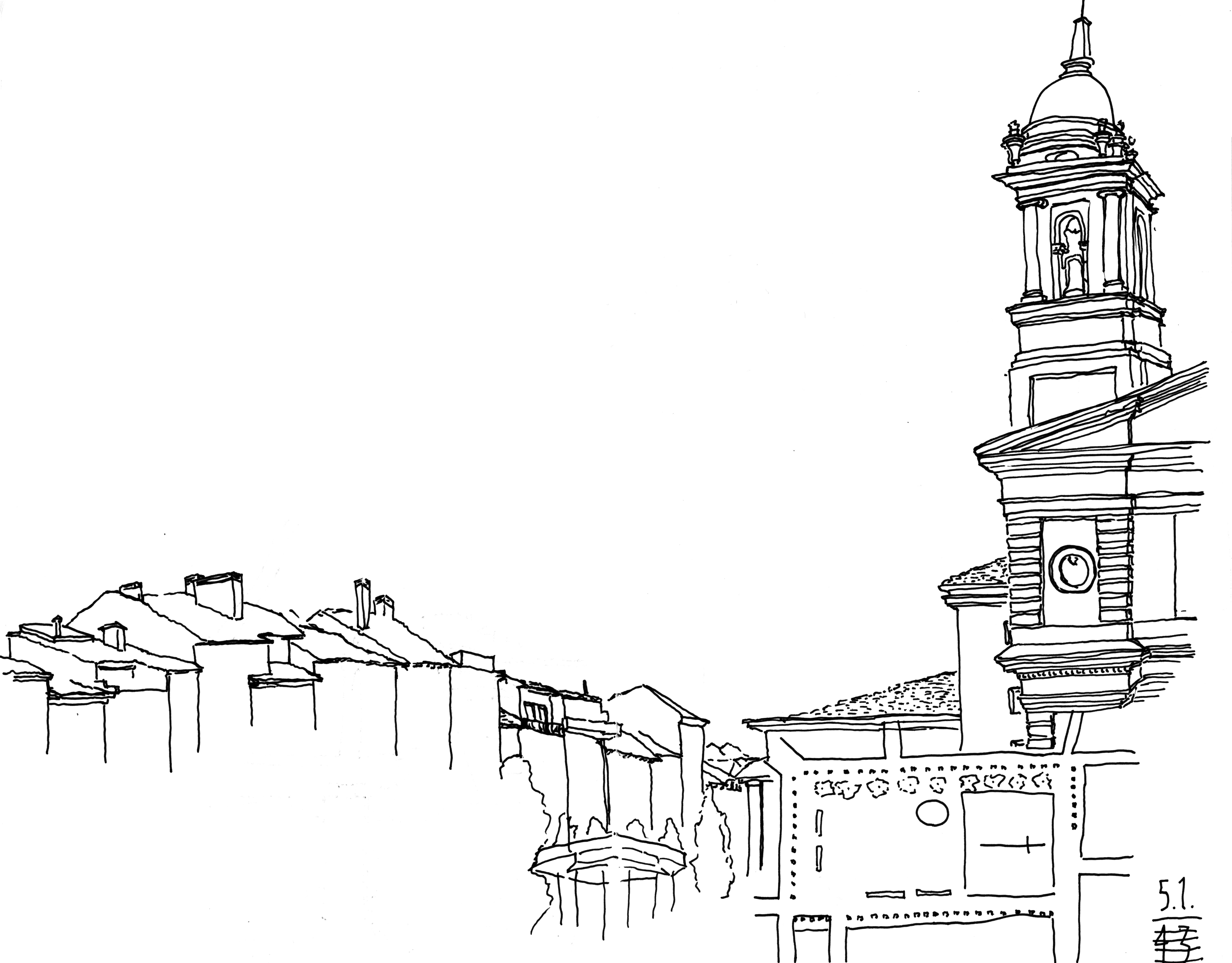Supervisors: Prof. Sergio Pace (Politecnico di Torino) and Prof. Juan Calatrava (Universidad de Granada).
Date of PhD defense: July 14th, 2022
Abstract: The PhD project Siblings Overseas contributes to the global urban history of Hispanic grid cities, building connections between practices, morphologies, and ideas from both shores of the Atlantic Ocean. The project focuses on Christian grid cities founded in Spanish domains during the modern period. Following the early fortified settlements created in the Caribbean and the American coastline, the 16th century brought diverse transformations to Spanish colonial new towns in the Iberian and Andean domains. Legal instructions and foundational acts gained further relevance, shifting the primary urban efforts in America from fortified positions in the early 1500s to open grid cities in the 1530s. It is also possible to find this urban shift in newly conquered territories of the Mediterranean, such as the Kingdom of Granada. Granada’s Santa Fe is its most iconic example, but Spanish archives conserve other original 16th-century settlement books and logs of new towns founded in the former Andalusian frontier. These records include protocols mirroring those applied in American colonial settlements, such as the listing of settlers, the distribution of parcels, the ritual taking of land possession, and the imposition of requirements for the new citizens. Even though several scholars have already identified this trans-Atlantic connection, no comparative analysis has been developed in this regard, keeping most 16th-century Andalusian colonies away from the international scholarly discussion on early modern Spanish urbanism.
The leading case of study in Siblings Overseas is the foundational project of four new towns in Sierra Sur de Jaen (Andalusia, Spain), which took place between 1508 and 1539 and includes the settlements of Mancha Real, Valdepeñas de Jaén, Los Villares, and Campillo de Arenas. Sierra Sur was the main friction line between the kingdoms of Jaen and Granada during the last centuries of the Reconquista, making it a strategic territory for colonization after the War of Granada (1582-92). Available primary sources regarding these new towns are mainly written documents: instructions for founding agents, judicial processes, lawsuits over land rights, and independence privileges.
Two American cases in Siblings Overseas show the trans-Atlantic connection of these foundational practices. The first of them is Mendoza, the first Spanish city in the province of Cuyo (1561-62), originally under the jurisdiction of Capitanía General de Chile and later included in the Viceroyalty of La Plata (Argentina). The two foundational acts conserved for this city are the oldest in Colombia.
The comparative study of Mendoza and Villa de Leyva in relationship with the project of four new towns in Sierra Sur de Jaén offers a new image of the transcontinental development and application of colonial urban protocols based on legal regulations, which allowed for institutionalized ways to resist and contest the imposition of the Spanish grid. The resultant lawscapes were amply recorded by notaries of that time, featuring the voices of both colonizers and colonized agents and producing an ample arrange of sources for the combined study of cities, law history, race clashes, and imperial transformation.







